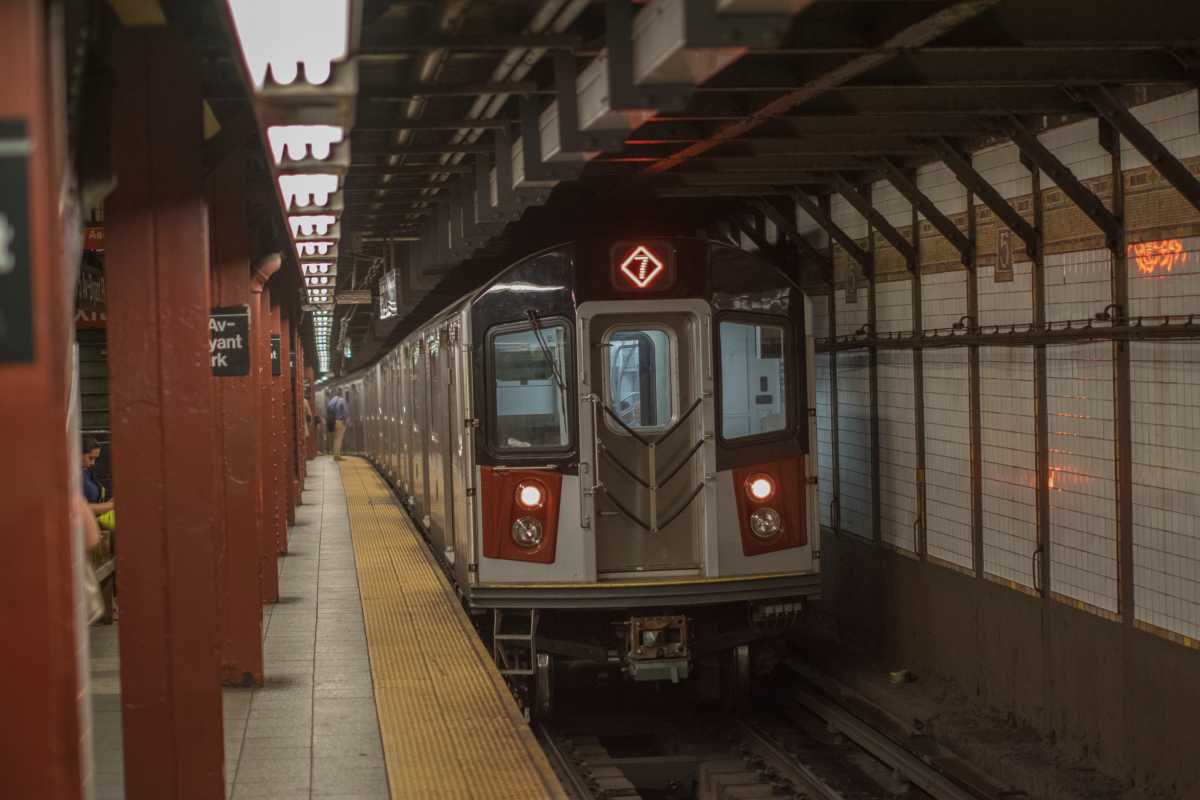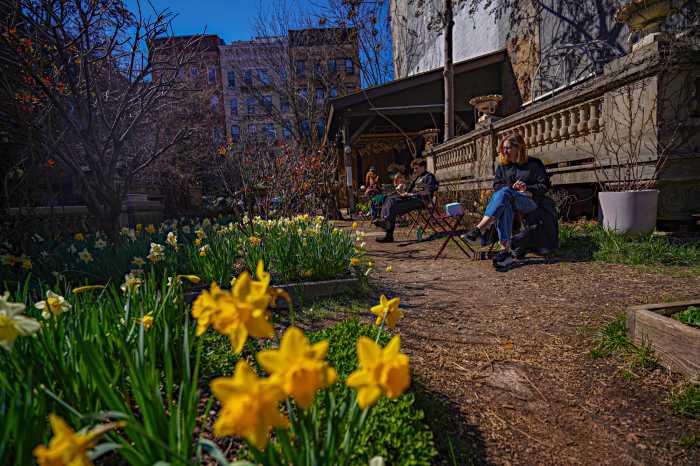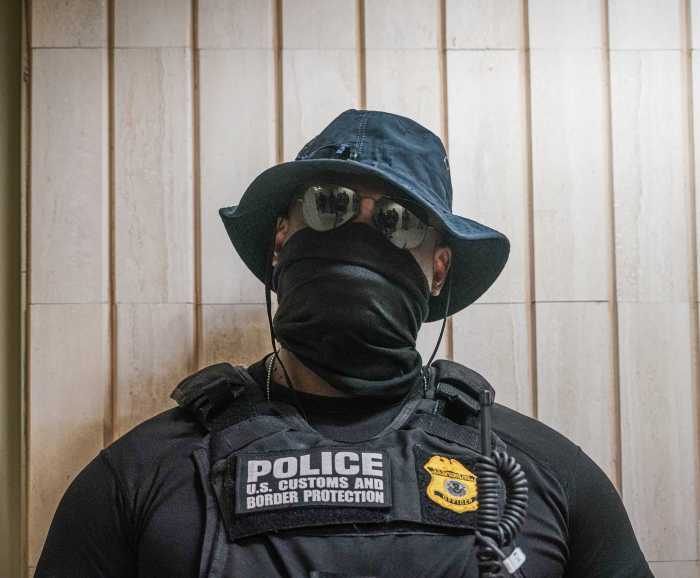Buses and subways are the lifeblood of New York City. Indeed, 56 percent of our city’s population uses the public transportation system.
But the way the City subsidizes our various public transportation systems hardly reflects that and remains inequitable, having disparate impacts on low-income residents and communities of color. Expanding the eligibility for the City’s Fair Fares discounted-fare program to more low-income New Yorkers can begin to address this disparity.
Despite serving millions of riders each day, the city’s subways receive the least amount of public subsidy per ride. A recent report by the Center for New York City Affairs for the Institute on Race, Power and Political Economy at the New School and the Brookings Center for Community Uplift comparing subsidies across transit services found that subways are subsidized significantly less than other modes of public transportation.
Don’t get us wrong: we love the NYC Ferry system but the median income for subway riders is $45,000 less than that of NYC Ferry riders and yet the public subsidy for a ferry ride is almost nine times more than the subsidy for a subway ride.
When we go deeper and isolate by race, we learn that nearly 78 percent of bus ridership and 65 percent of subway ridership are made up of people of color. This data reveals the economic and racial inequities and inefficiencies in our public subsidies and makes clear that we must deepen our support for subway and bus riders who would benefit the most from reduced fares.
Fair Fares provides eligible riders with 50 percent reduced bus and subway fares, serving as an essential program to expand public transit system access to low-income New Yorkers. It has been a lifeline to many, saving a full-time worker at least $725 a year.
Under the leadership of Speaker Adrienne Adams, the City Council continues to prioritize expanding the current eligibility from 120 percent to 200 percent of the Federal Poverty Level (FPL). This expansion would enable significantly more New Yorkers, especially working-class New Yorkers and people of color, to benefit from the program.
Increasing eligibility for Fair Fares to 200 percent of FPL would be a significant step forward in advancing racial equity in New York City.
Our ability to move around the five boroughs is inextricably linked to economic opportunity. Accessible and affordable public transit is especially critical in a city with sky-high housing costs, as low-income workers live farther from the city center, accepting longer commutes in favor of more affordable living options.
Saying our buses and subways are the lifeblood of our city is more than just a sound bite. Our public transportation system is quite literally what allows New Yorkers and commuters from the metropolitan region to access opportunities, see their friends and loved ones, and stay connected. Our city maintains its rich diversity precisely because we have an expansive public transit system connecting all five boroughs. Without it, millions of riders would be contained to their neighborhoods, and unable to access the jobs, health care, and all the other amazing opportunities that exist throughout this great city. Yet, for many residents of outer-borough neighborhoods, the daily cost of commuting can take up a significant portion of their income, limiting their scope of professional and educational options. By expanding the reach of Fair Fares, we can ensure that all New Yorkers – particularly those who already struggling during a crisis of affordability – can fully participate in the economic, social, and cultural opportunities of our city.
New Yorkers in the so-called “outer-borough” neighborhoods, as well as our Black and Latino communities, have historically experienced underinvestment. Expanding Fair Fares eligibility to include these residents provides critical relief and supports the overall success of our city. This study also underscores the importance of examining the racial equity implications of City budget choices.
As we move to pass a city budget in the coming days that centers the needs of working and middle-class New Yorkers, we must focus our investments on critical infrastructure, including accessible and affordable public transit. Our bustling city can serve even more New Yorkers if we fix the inefficiencies and injustices in our public transit system. We have the solutions to these wide disparities that burden those who can least afford it.
New York City is the nation’s economic engine and the oil for that engine lives in the outer-boroughs. The city government must utilize every tool at its disposal to support these hardworking New Yorkers. That’s why expanding Fair Fares eligibility is so important.
Council Member Justin Brannan represents Bay Ridge and Coney Island and chairs the Council’s Committee on Finance.
James A. Parrott is Director of Economic and Fiscal Policies at the Center for New York City Affairs at The New School.
Read More: https://www.amny.com/opinion/





































